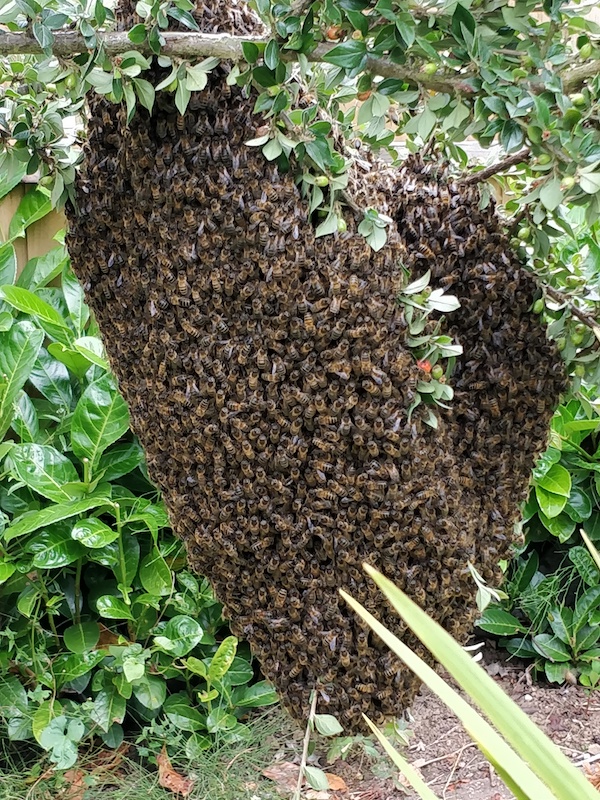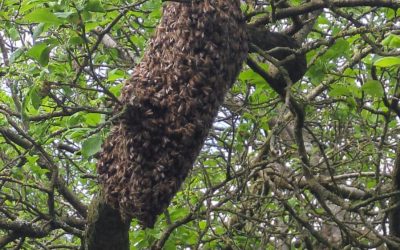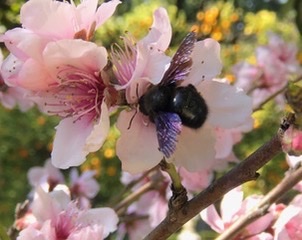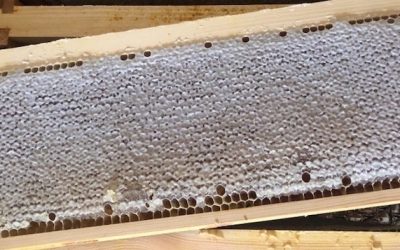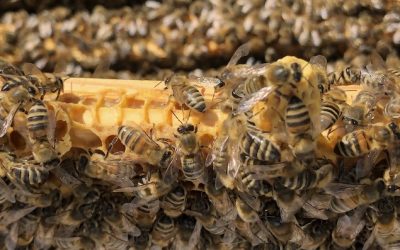Latest News
Read on for the latest news from Let It Bee
Why do bees swarm?
Looking for a new home
Is Spring nearly here?
Is Spring nearly here? Our honeybees are out and about enjoying a few dry and warmish days. So far all the colonies have survived the winter. The early Spring is a critical time as lots of...
Buzzing with success
Award winning honey and beeswaxWow! September was a busy month with two big honey shows - the Birmingham Honey Show at Winterbourne Gardens and the Warwickshire County Show. It was a lot of...
Honey, I love you
Honey, I love youOur family are bee lovers and adore honey! And yes that was part of my motivation to become a beekeeper. In my first few years with only a couple of hives, I found it hard to...
World Bee Day
World Bee Day – 20 May. This is a fabulous opportunity to acknowledge the critical role bees play in our lives and for us all to bee engaged!
How do you move a honeybee colony?
How do you move a honeybee colony? Well with great care is the obvious response! Moving boxes each containing 10-15,000 stingy insects is a bit scary but if you plan ahead, and follow a few rules,...
Honey & lemon cup cakes
Award winning honey & lemon cupcakes (third prize in the Warwickshire Beekeepers County Show!) Honey & lemon Cup Cakes Ingredients for cakes:150g (6oz)...
1st National Honey Day
On Friday 21 October we’re celebrating the first ever National Honey Day. The aim is to promote delicious local honey and highlight the increasing problem of fake ‘honey’.
It’s Plastic Free July!
It’s Plastic Free July and a great opportunity for us all to think about what we’re buying and how we can make some permanent changes to reduce the amount of plastic in our day-to-day lives.
Why do bees swarm?
If you see a big, swirling cloud heading out across the rooftops and trees, it could be a swarm of honeybees. They have left the safety of their hive and are flying off to find a new home – a hole in a tree, a chimney or an empty hive. It's an awesome sight!
Swarming bees are full of honey - carrying supplies for their new home - so they usually don't sting. But it's best to stand well back just in case!
Swarming is an important, natural process. It happens when a colony of honeybees splits and the queen takes a large number of worker bees with her in search of a new home. It's the way they reproduce. As soon as the old queen reaches the new nest site her entourage builds wax honeycomb so then she can lay her eggs and there’s space for pollen and honey stores.
Meanwhile in the original hive site new queens are hatching. Another one or two queens might leave the colony to set up a new home but one will stay to rule over the original hive. In this way the colony becomes two, three or more colonies.
Honey bees mostly swarm early in the season from late April to June. So this is a busy time for beekeepers!
Swarming early in the season gives the bees enough time to set up their new home and gather plenty of stores to see them through the winter. Beekeepers put out bait hives to try to lure a passing swarm. We also ‘artificially’ swarm our colonies which means separating the brood from the queen and flying bees. This splits the colonies and the urge to swarm goes away - usually!
So if you are lucky enough to see a swarm of bees, marvel at this force of nature and then find your local swarm collector here: https://www.bbka.org.uk/swarm#swarmmap
